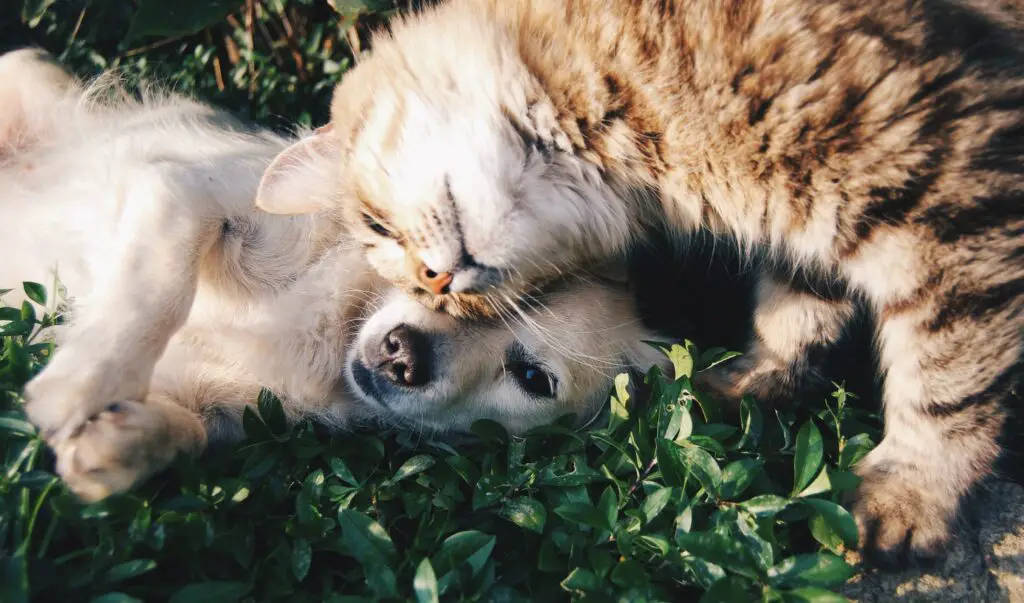Pets can be a great source of learning for elementary schoolers. Pets like frogs, hamsters, and fish can be shown as teaching tools & non-judgemental friends. But you might have questions on classroom pets like Which animal can be a good class pet? Are class pets a good idea? Which animal can be the easiest pet to have in class?

Four Common Pets to Add-In Classroom:
The four common pets to add in classrooms are as follows:
According to American Human Society statistics, the most common classroom pets are:
Hamster:
Kids are very fond of Hamsters. Hamsters are the best companion for kids. They do not need much maintenance. But you have to keep the Hamster alone otherwise a fight can occur between the two Hamsters.
Fish:
You can keep unlimited fish as a pet in the classroom. Fish will attract the students very much. This is the best pet to keep in the classroom.
Axolotl:
The lifespan of Axolotl is very long. They are beautiful. Students get attracted to this kind of pet.
Turtles:
The lifespan of turtles is hundred years. The life span depends on the type of turtle. A turtle can be the best option as a pet in the classroom.
Five Tips to Choose a Pet for a Classroom:
Choosing a fish as a pet and cleaning a fish tank is not easy. Taking care of a class pet is a big decision. The pets in your classroom are dependent on you, your students and other members of the class community to afford them a happy and safe life.
The five tips to keep in your mind while choosing a pet for your classroom are:
- The temperature of the classroom.
- The size and weight of an animal.
- Cost to feed your pet and who will pay for it.
- How to take care of them on the weekend?
- Do Children have any kind of allergies?
- The age of the children.
What Can Students Learn from Pets?
This type of question you may ask yourself before you welcome any pet in the classroom.
The six advantages your student may experience by adding an animal are:
- Students can learn how to become responsible and compassionate by caring for pets in the classroom.
- Students can learn hands-on experiences like scrubbing fish tanks at lunchtime.
- Students can learn to respect animals and they will develop an awareness of living creatures.
- Students will understand animals need more than food and water to live.
- The action and behavior of pets will affect students.
- There will be a positive vibe in the classroom.
- Enhances classroom experiences.
Five Disadvantages of Adding Pets in The Classroom
Adding pets to the classroom has both pros and cons.
The five disadvantages of adding pets in the classroom are:
- Parents must be involved when students are sent home with pets for weekends.
- Animals must be kept in a suitable place in the classroom. A certain environment is needed for pets like rabbits, hamsters, or snakes to be healthy.
- You have to make sure that if your pet becomes ill, you can take care of it.
- If some children have allergies or asthma then you have to choose a pet wisely that won’t cause problems.
- You have to cover your pet’s veterinarian bills.
You must think wisely before adding a pet to the classroom because the pet is a big responsibility. As a teacher, before adding a pet you must be responsible.
Four Pets that are not suitable for Classrooms:
If you want to bring your cats and dogs to school, you have to make sure that they will not bite. You should never say that animals are bad and try to avoid all this type of negative information while adding a pet to the classroom.
The four pets that are not suitable in the classroom are:
Rabbits
Rabbits are small and seem like they will easily stay in the cage, but according to folks at the American Humane Society rabbits aren’t meant to be kept in a cage. Rabbits don’t like noisy environments like a classroom.
Chickens
Chickens are good pets and children can learn science lessons with their egg-laying. But chickens need so much space to thrive.
Lizards
Lizards live in different temperatures which means coming back to school after two days of holiday on the weekend can be a big problem.
Ferrets
Ferrets may be perfect for class pets but they are known for biting. Their pungent smell can disturb children in the classroom.
Conclusion:
Pets are the best source of gaining education in schools. But you have to choose the pets easily. The advantages and disadvantages that are mentioned above will help you to decide whether you should keep a pet in the classroom or not.Students can learn multiple things from pets. You should make various strategies to utilize pets in the field of education.
FAQs:
- Name the best pet for a classroom.
Ans: The best pet for a classroom is a Guinea Pig.
- Name the most common pet in a classroom.
Ans: The most common pet in a classroom is fish.

